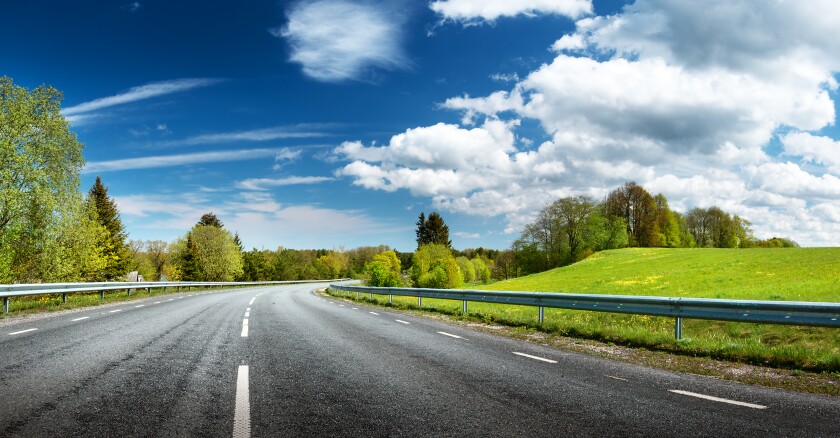So I was surprised to learn that there is a campaign underway to widen a stretch of the road we use, Route 17, a former country road that now has two lanes in each direction with a wide grassy median. Backers want to add a third lane each way on a 45-mile stretch, at a cost of $500 million. They say it would relieve some current traffic congestion and get a jump on future congestion that may occur as a Legoland, a casino and other development occurs.
As President Biden pushes for his $2 trillion infrastructure plan, Route 17 raises questions about what projects to approve or reject.
There’s little question in my mind that an “infrastructure gap” exists in the United States. There’s also little question that capital-intensive repairs are needed for every type of infrastructure.
But when it comes to new construction, should money be put into road widenings like the one proposed for Route 17, or should we avoid these as sprawl creators that increase private automobile dependence and lead to suburban development, as their critics proclaim?
Route 17 and its possible widening is not a headline grabber. It’s the kind of well-used state road that has been routinely enlarged over the past decades.
Emotionally, I don’t like these projects. As I travel along the East Coast through New York, Pennsylvania, Maryland, Virginia and North Carolina, I have seen country roads from my childhood and youth swell into freeways, bringing with them a profusion of subdivisions and shopping centers.
Certainly in the Catskills, the pro-widening people have done their homework. Their alliance, the 17-Forward-86, has put together a coalition of diverse groups, not all construction-affiliated. Thanks in part to its effort, New York Sen. Charles Schumer, the U.S. Senate majority leader, helped get $5 million for a planning and environmental linkage study going on now. Schumer named the project in April as one that might be funded if Congress approves a big infrastructure package.
Maureen Halahan, co-chair of the road expansion coalition as well as president of the Orange County Partnership, says it makes sense to expand Route 17 given the development already set to go near it.
“I understand both sides,” she says, “but we also have to focus on people’s desires to get them where they are going. Development should go along interstate highways,” but then “the country roads can take you to your bucolic communities.” Presumably she wants trips to scenic rural places to be speedier than they are now.
But once a road is widened, doesn’t it inevitably lead to more development at some distance from the highway, which leads to calls for more widening, and on and on?
Those who oppose the project say so. Call them the bucolic community folk. Arif Khan, a restaurateur in the area with a background in urban planning, has put a great deal of effort into researching and opposing the project. He recently won a contract with the advocacy group Catskill Mountainkeeper to produce a report about the project.
“From countless experiences around the country, adding a lane to highways does not 'solve congestion,'” Khan said in an email to me. “Additionally, in about 10 years we will likely see fully autonomous vehicles, which will allow for greater capacity on existing roads like this,” which would mean the expensive widening was unnecessary.
I’m not sure about Khan’s timeline, but it’s not unreasonable to speculate that technology and regulatory changes will dramatically alter our driving habits.
In March, Eve Kessler wrote an informative and opinionated article in Streetsblog, calling the Route 17 project a “boondoggle” in her first sentence. The essay could stand in for how anti-sprawl folks feel about similar projects around the country.
Deciding who’s right is a matter of values and priorities. There are those, often including myself, who will look at a traffic-jammed road and say what’s needed is a train or express bus line. Why build more highways if the highway isn’t working. There are others who will look at a barely congested road and say, why not widen it now, so that the capacity is there when needed.
Growth can and should be a tool. The demands of people to move to better jobs and easier lives can be cited as a reason to build more transit-oriented, city-like development - or to build more highway-oriented, suburb-like development. There will always be disagreement.
Ultimately, I hope that when I travel to the Catskills in future summers, I can travel on the same road I always have. I would rather trade a little traffic for more country and less development. But it’s ultimately a question for democracy, not just planners.









